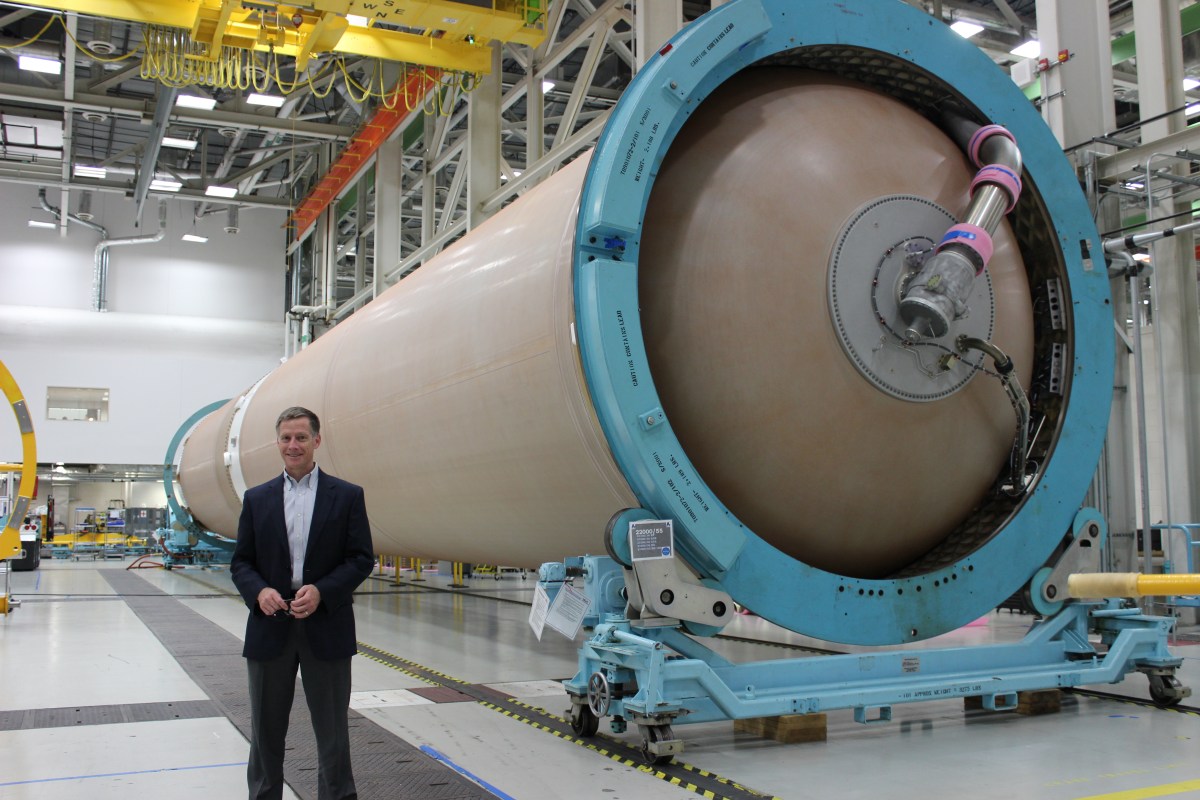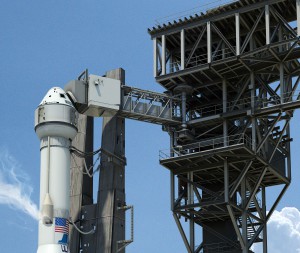 Their tail numbers are AV-073 and AV-080 and they are two of the Atlas V rockets expected to make history when they launch Boeing’s CST-100 on a pair of flight tests to set the stage for operational flights in the future carrying astronauts to the International Space Station. The first flight will not carry anyone but will perform orbital checkouts to prove the CST-100 systems. The second flight is to have people aboard and run a mission profile similar to the ones NASA will ask for when it begins regular Commercial Crew missions to the orbiting laboratory. Read the full story at http://go.nasa.gov/1bk4ifJ
Their tail numbers are AV-073 and AV-080 and they are two of the Atlas V rockets expected to make history when they launch Boeing’s CST-100 on a pair of flight tests to set the stage for operational flights in the future carrying astronauts to the International Space Station. The first flight will not carry anyone but will perform orbital checkouts to prove the CST-100 systems. The second flight is to have people aboard and run a mission profile similar to the ones NASA will ask for when it begins regular Commercial Crew missions to the orbiting laboratory. Read the full story at http://go.nasa.gov/1bk4ifJ







 Boeing, United Launch Alliance, NASA and other organizations were represented today for the ceremonial start of construction on the first new crew access tower at Cape Canaveral Air Force Station since the 1960s. The 200-foot-tall structure will be crucial to allowing astronauts to board Boeing’s CST-100 spacecraft as it sits atop a United Launch Alliance Atlas V rocket.
Boeing, United Launch Alliance, NASA and other organizations were represented today for the ceremonial start of construction on the first new crew access tower at Cape Canaveral Air Force Station since the 1960s. The 200-foot-tall structure will be crucial to allowing astronauts to board Boeing’s CST-100 spacecraft as it sits atop a United Launch Alliance Atlas V rocket. 




